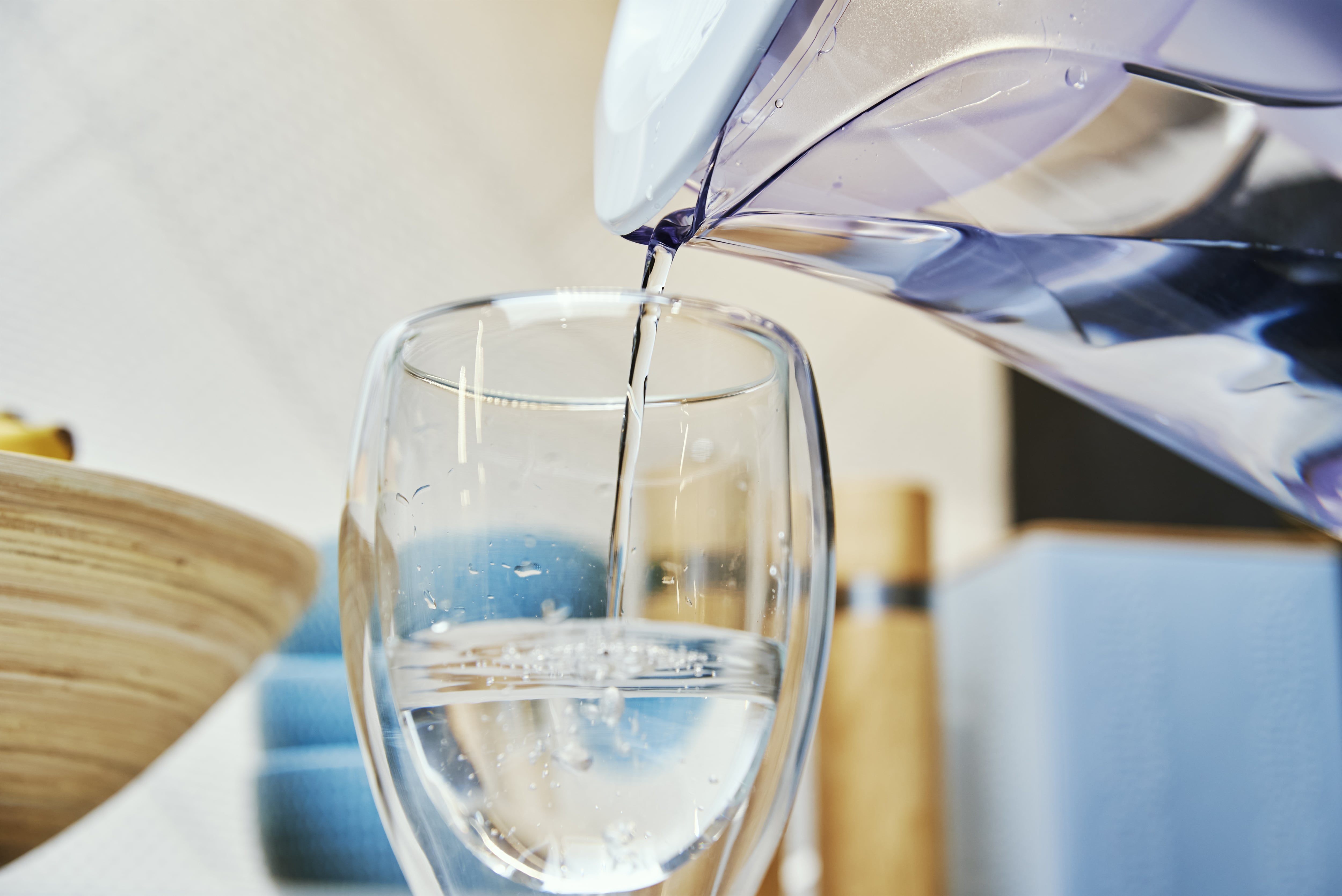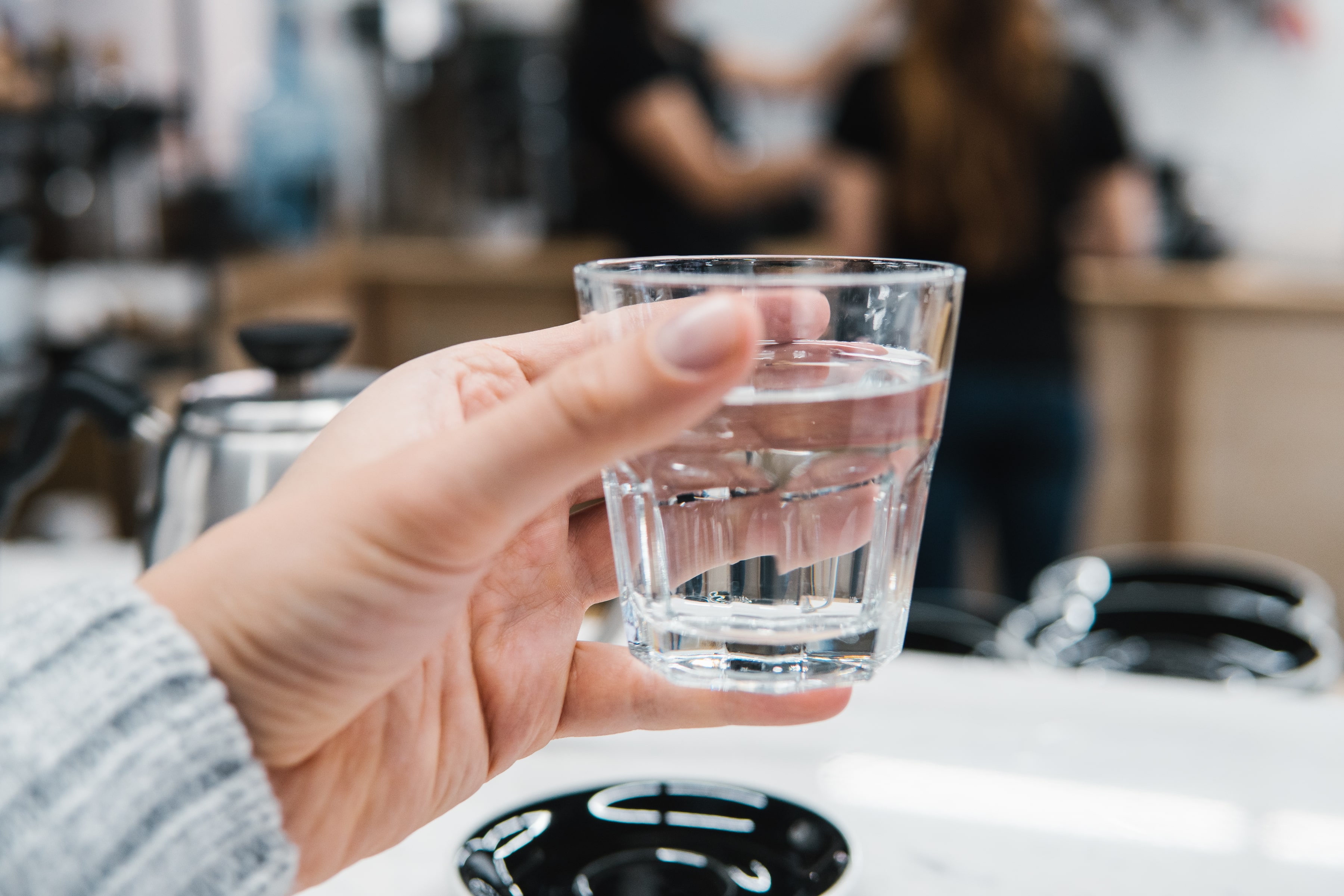Key Takeaways
- Hydration and metabolism are closely connected, which means drinking enough water is crucial even in cooler temperatures
- Dehydration signs in the fall are often less noticeable than those during summer
- Fall hydration is easier when you follow our metabolic health hydration tips
{{mid-cta}}
Fall is here, which means cooler temperatures are too. This makes it easy to think you’re less thirsty and don’t need to worry about proper hydration, but metabolic demands don’t take seasonal breaks. Fall routines, which typically include turning on the heat, using the fireplace, drinking more coffee, and spending time in dry indoor air, can dehydrate you.
Hidden hydration gaps can interrupt glucose stability and energy levels. Continue reading to learn more about how electrolytes impact your metabolism, signs of dehydration, and metabolic health hydration tips.
Why Hydration Still Matters in Cooler Weather

We need to stay hydrated year-round. Just because you might not visibly sweat in cooler weather doesn’t mean your body uses less fluid. In fact, respiratory water loss increases in cold, dry air. Dehydration also increases cortisol levels, which can cause blood glucose levels to spike.
Arginine-vasopressin peptide (AVP) is a peptide hormone that plays a large role in regulating fluid balance. Emerging evidence shows that AVP is involved in metabolic health, including blood sugar regulation, insulin sensitivity, and energy balance.
Dehydration contributes to high AVP levels. Elevated AVP levels are associated with insulin resistance, high blood glucose, and diabetes. This highlights the relationship between hydration and metabolism.1
Electrolytes and Your Metabolism
-min.jpg)
Electrolytes aren’t just “salts in your water;" they’re essential players in your body’s energy and metabolic function. Key electrolytes like sodium, potassium, magnesium, and chloride help regulate how glucose moves from your bloodstream into your cells, support muscle function, and maintain fluid balance. In other words, they help your body convert food into usable energy efficiently.2
Dehydration can disrupt electrolyte levels, even mildly, leading to fatigue, headaches, dizziness, and unusual cravings. Over time, these imbalances can affect both your physical performance and your metabolic health.2
In cooler weather, maintaining electrolyte balance is especially important. Each electrolyte has a distinct role:
- Chloride helps manage fluid distribution in the body.
- Magnesium supports healthy blood sugar regulation, blood pressure, and energy production.
- Potassium is critical for heart, muscle, and nerve function.
- Sodium ensures proper fluid balance and helps maintain energy during meals and activity.
By paying attention to your electrolyte intake (through foods, beverages, and hydration habits), you can stabilize blood sugar, optimize energy, and support overall metabolic resilience. Pairing these habits with a CGM from Signos lets you see exactly how electrolyte balance impacts your blood glucose in real time.
Signs You’re Underhydrated in Fall

Dehydration in the fall can be sneaky, much subtler than in the hot summer months. Cooler weather often blunts your natural thirst signals, making it easy to overlook your fluid needs. Pay attention to early warning signs such as dry or flaky skin, sluggish digestion, fatigue, or increased cravings, especially for sweets or salty foods.3 These are all clues that your body may be running low on fluids.
Urine color is one of the simplest ways to monitor hydration. A pale yellow hue usually indicates adequate hydration, while darker yellow or amber suggests it’s time to drink more water.
Hydration isn’t just about quenching thirst; it also impacts your metabolism. When dehydrated, your blood becomes more concentrated, which can amplify blood glucose fluctuations after meals. Using a continuous glucose monitor (CGM) can help you see how subtle shifts in hydration affect your blood sugar, giving you actionable insights to stabilize energy levels and optimize metabolic health this fall.
Metabolic Playbook: Hydration Strategies for Fall
-min.jpg)
There are several ways to maintain hydration during the fall. An easy hack is to pair water with electrolytes, especially after a workout, sauna or long walk. However, not everyone should consume electrolyte packets, especially if sodium intake is a concern. If you are unsure if electrolyte supplements are right for you, it’s a good idea to talk to your healthcare provider.
This time of year is filled with delicious produce like apples, pears, squash, and beets. Add these water-rich foods to meals and snacks to optimize your hydration status.
Other metabolic health hydration tips include:
- Setting hydration anchors, where you drink a glass of water at certain points throughout the day (consider setting alarms as reminders)
- Balancing caffeine intake by drinking water between caffeinated beverages and alternating between decaf and caffeine-containing options
- Drinking 16 to 24 oz of water with electrolytes for every hour that you sweat
- Adding fruit, like lemon or berries, to plain water for flavor
- Having water readily available by bringing it with you when away from home or keeping a pitcher of cold water in the fridge
- Choosing sparkling water instead of still water for a different mouthfeel
- Sipping herbal tea as a healthy alternative to water
- Aiming for daily water intake of 64 ounces (though needs may vary based on age, activity level, and health conditions)
The Signos Approach: Hydration Meets Data

Staying hydrated is more than just drinking enough water; it’s about understanding how fluids and electrolytes interact with your metabolism. Continuous glucose monitors (CGMs) and the Signos app give you a window into this connection, helping you see how hydration habits can influence blood sugar throughout the day.
Try pairing hydration experiments with your meals: notice how water intake, electrolyte balance, and timing can affect post-meal glucose levels. For example, adding electrolyte-rich drinks or foods to a meal may help moderate spikes in blood sugar, while low fluid intake could subtly impact glucose fluctuations.
With a CGM, you’re not just guessing; you’re using real-time data to uncover patterns in your body. Tracking your hydration alongside meals provides actionable insights, empowering you to make adjustments that support optimal blood sugar stability and overall metabolic health. This fall, turn everyday hydration into a personalized experiment and connect your habits to measurable outcomes for better health.
The Bottom Line
Fall isn’t an off-season for hydration. Hidden gaps can negatively impact energy, recovery, and glucose stability.
This fall and beyond, keep electrolytes in check, hydrate adequately, and use Signos data to tailor your water intake to your body’s needs.
Learn More With Signos’ Expert Advice
Signos provides tools to help improve overall health. From 24/7 glucose monitoring using a CGM to real support from dietitians, you have powerful insight to guide you in making healthy decisions.
To learn more about the role of glucose levels in overall health, visit Signos’ blog.
Topics discussed in this article:
References
- Koceva, A., Janež, A., & Jensterle, M. (2025). The Impact of Hydration on Metabolic Outcomes: From Arginine-Vasopressin Signaling to Clinical Implications. Medicina, 61(5), 838. https://doi.org/10.3390/medicina61050838
- (N.d.). Fluid and electrolyte balance. Medlineplus.gov. https://medlineplus.gov/fluidandelectrolytebalance.html
- US Centers for Disease Control and Prevention. (2024, May 15). 10 surprising things that can spike your blood sugar. CDC.gov. https://www.cdc.gov/diabetes/living-with/10-things-that-spike-blood-sugar.html




.svg)










.svg)
.svg)
.svg)
.svg)
.svg)
.svg)
.svg)
